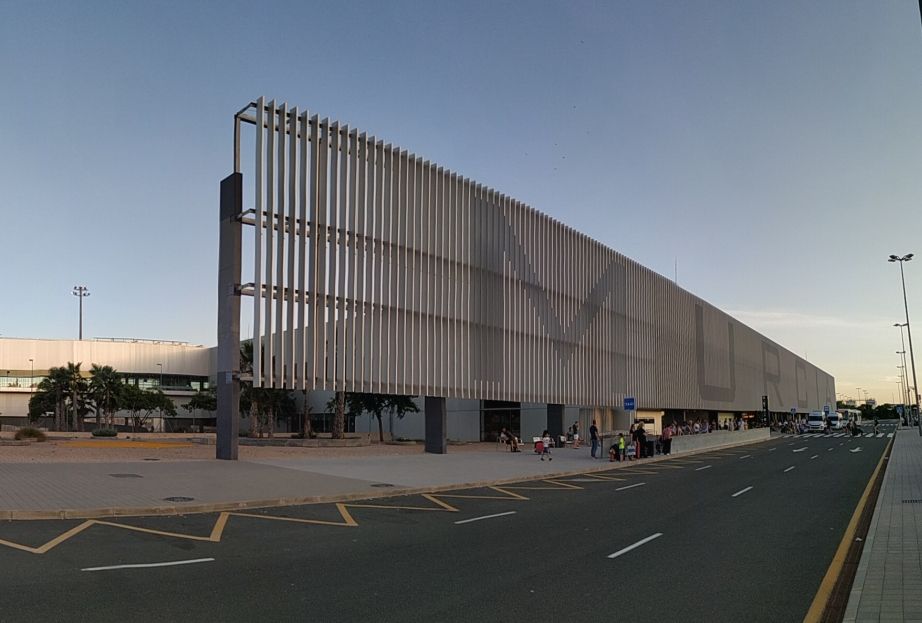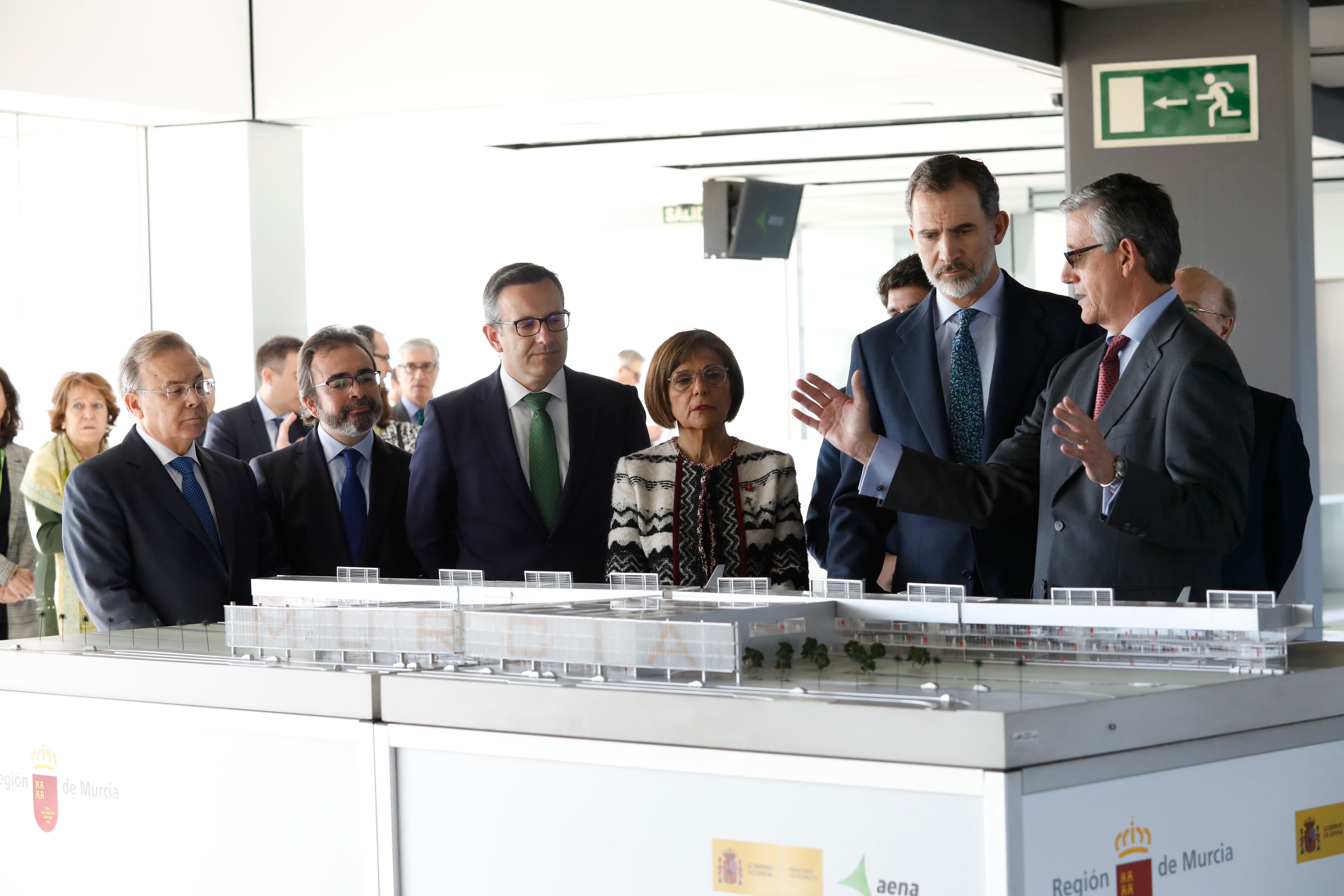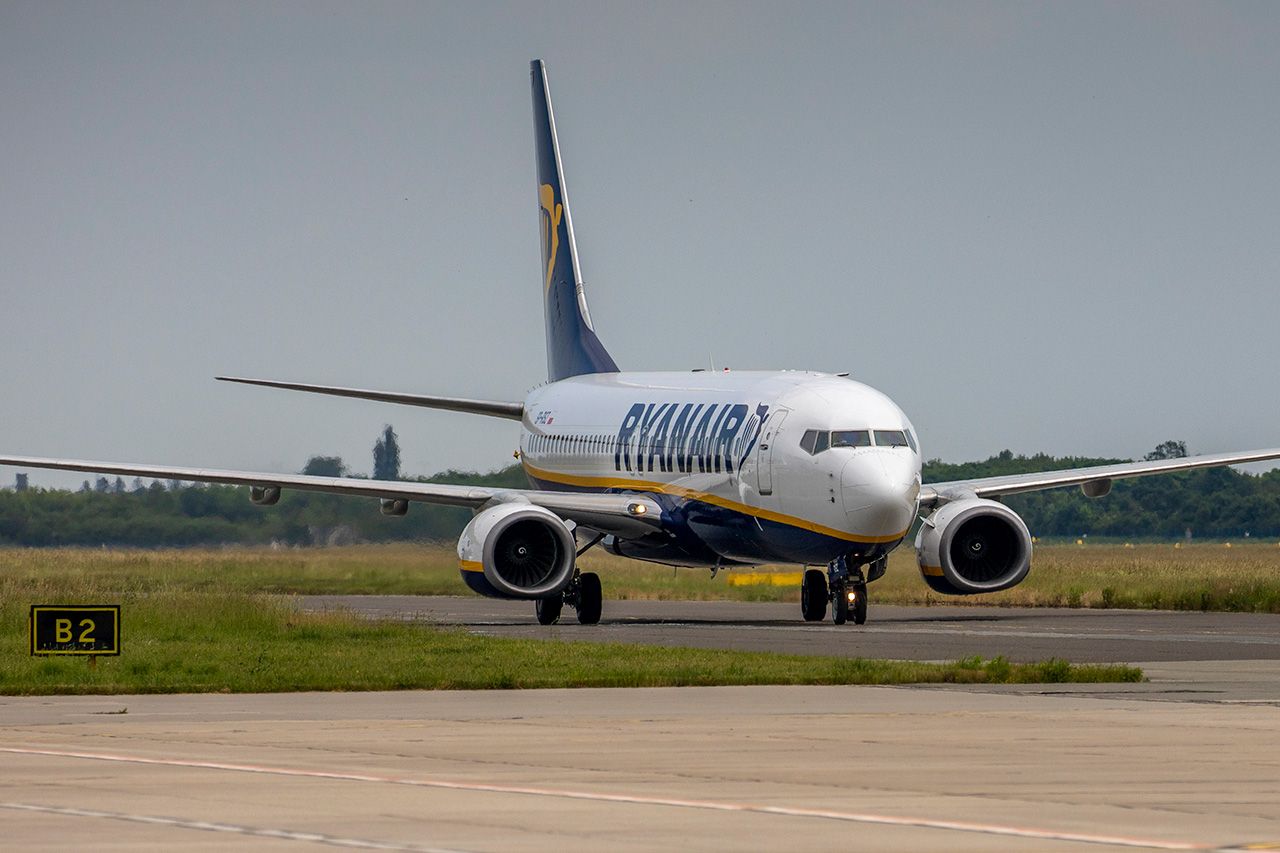While not as popular with tourists as the Costa del Sol and Costa Blanca, Murcia and its Costa Cálida (balmy coast) have seen a steady increase in visitors. Mostly unspoiled except for a narrow strip of land called "La Manga" between the Mar Menor and the Mediterranean Sea, Murcia has endless coves and sandy beaches ideally suited for various leisure activities.
With tourism to the area increasing and Murcia–San Javier Airport (MJV), a joint civilian/military airport having no land to expand in 2006, the Spanish Government decided that a new airport was needed. Madrid-headquartered property developer SACYR SA won the contract. After announcing that it would invest €500 million in the project,
Construction ran into difficulties
Construction began in 2008. After running out of money, building work on the new airport stopped in 2010. Following the 2008 crisis in which banks were severely hurt during a massive crash in the Spanish property market, they were reluctant to lend SACYR any money.
Not wanting to see the airport scrapped, the regional government stepped in and lent SACYR €200 million.
Even though all the building work was finished in 2012, Region de Murcia International Airport (RMU) did not open for flights until January 15, 2019. After an official ceremony attended by the King of Spain (Felipe VI). The first flight to arrive at the airport was Ryanair Flight FR1824 from East Midlands Airport.
Airlines
Since it opened, Corvera Airport Murcia has been popular with low-cost carriers Ryanair, easyJet, Jet2, Vueling, TUI, Volotea, Norwegian, Smartwings, and Binter Canarias. With Alicante Airport (ALC) only an hour away, many of the flights to Murcia are seasonal only.
Murcia Airport location
The airport is located 15.5 miles from the region's capital, also called Murcia, and 22 miles from the port city of Cartagena. It has direct access to both cities via the A-30 highway and is connected to the coastal resorts by a regular bus service during the summer season. In 2009 as part of the government's plans to join the entire country with high-speed rail, a rail connection from the airport was proposed to Murcia, where it could link up with a new high-speed AVE train to Madrid. Like many forward-looking plans, the idea was abandoned because it was not financially viable.
Facilities at Murcia Airport
Unlike Madrid Airport, which has four runways, Barcelona, which has three runways, and Alicante, which has two runways, Murcia Airport has only one. The runway at RMU is 9,842 feet long and 147 feet wide. Murcia Airport has a 398,264 square foot terminal that can handle three million passengers annually. The terminal can also be expanded to handle five million passengers if needed.
Currently, the airport has nine boarding gates, six of which are for Schengen Zone flights. There are 25 check-in desks and four baggage claim carrousels. The airport has a duty-free store, two WH Smith newsagents landside and airside, a Costa Coffee, and a Subway sandwich shop.
Have you ever flown from RMU? If so, please tell us what you think of the airport in the comments.


.gif)

